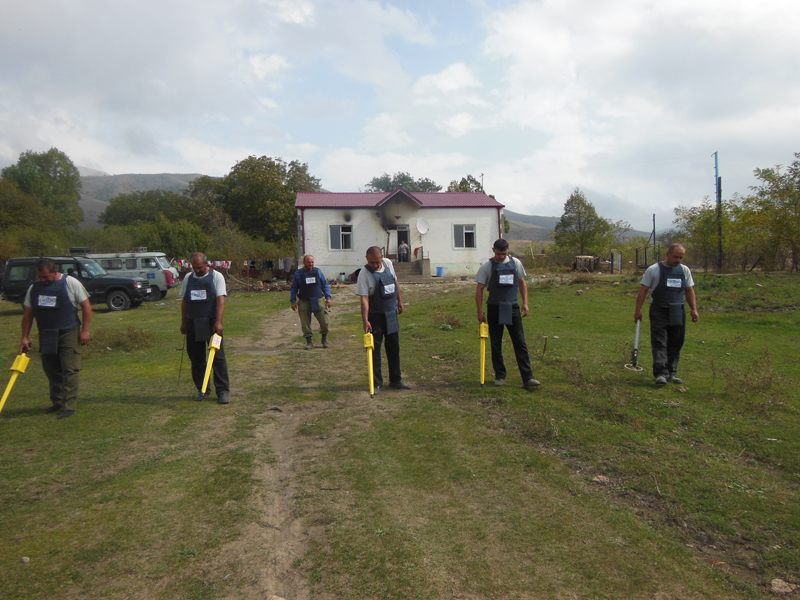By Hagop Vartivarian
The literary cultural life of the Greater New York Armenian community was further enriched with the theatrical endeavor of Taleen Babayan. Already a recognized name to the readership of the Armenian-Mirror Spectator for the last decade with her frequent articles and reporting, we are doubly pleased to see a young talent interested in theatre writing (taderakir), the most difficult genre of literature.
Taleen possesses deep knowledge for what defines an Armenian-American family: the traditional family clinging firmly to ethnic customs, juxtaposed with the current generation striving to adopt and adjust to a new environment. Whereas during the last century renowned literary figures such as Peniamin Nourigian, Aram Haigaz, Vahe Hayg, Souren Manuelian, and Hagop Asadourian lamented the pain of immigrants arriving from historical Armenia, today Taleen laments the pain of young Armenian-Americans, whose families arrived from Beirut, Aleppo, Istanbul, and Tehran, and who strive speak and live the Armenian spirit outside of their homeland. We only hope that her endeavor becomes an inspiration to her generation.
She was indeed raised in a traditional Armenian family. Her grandfather, Yervant Babayan is a prominent educator and prolific writer, and her father, Nerses, was engaged in journalism for many years and associated with the Armenian Mirror Spectator. Furthermore, she continues to receive the attention and care of her loving mother, Hermine.


Like many others of her generation, Taleen spent her college years away from home in a non-Armenian environment, but maintained ties to her Armenian culture during that time. She has acquired her knowledge of the Armenian language at home and from Saturday Armenian School. She is worthy of much praise.
Back to the play. “Where Is Your Groom?” is eighty percent English and twenty percent Armenian and they complement each other in perfect harmony. All the young actors were essentially the product of the Middle East and close to 250 attendants watched their acting and accurate Armenian pronunciation with pure pleasure.
The play takes place in Koko’s [Aris Hamparsoumian] and Siroun’s [Katherine Sabbagh] home. The couple’s two children, Lara [Zarig Baghdadlian] and Saro [Haig Minassian] wish to marry non-Armenians, after having bad experiences dating from their own community. Lara introduces her parents to an ignorant American young man, who hasn’t even heard of Armenia’s whereabouts. Meanwhile, Lara’s parents introduce her to young men of Armenian families, few of whom would not have been given the chance if they were not Armenian. Finally, she meets the right Armenian and the engagement (khosgab) takes place as well-known singer Robert Chilingirian enters the stage singing a wedding song.
Some on the stage had acting experience and others none, yet all were qualified of appearing on stage to perform. The set, featuring an Armenian living room, was beautifully furnished. Other participants included Lori Cinar, Joe Hovsepian, Tanya Bas, Taniel Ohanian, Raffi Gulbenk, Sarkis Yenikomshuyan, Sedrak Yenikomshuyan, Daniella Baydar, Taniel Ekshian, Andrew Saganda and Edwin Baghdasarian. Behind the stage volunteer workers were Taleen Baghdadlian, Anoush Gulian and Anahid Kaprielian. Harout Chatmajian, one of the directors of the Tekeyan Cultural Association’s Mher Megerdchian theatrical group, contributed greatly to the acting aspect of the play.
The play took place on Saturday evening, October 26, 2013 at The Players Theatre in New York City.


The play is abound with painful phenomenon of Armenian-American contemporary life. For example, the family priest (played by Taniel Ohanian) introduces Paul (played by Andrew Saganda), a seminarian who aspires to become a priest yet who doesn’t know one word of Armenian. He will serve in the Armenian Church and if left to such priests, our sacred Badarak will be performed in English one day. Taleen highlights this and many other painful occurrences within our community life in her play.
We congratulate Taleen and a phalange of our youth who continue to keep our theatrical heritage alive.
-Translated by Nerses Babayan
Photos by Anahid Kaprielian










